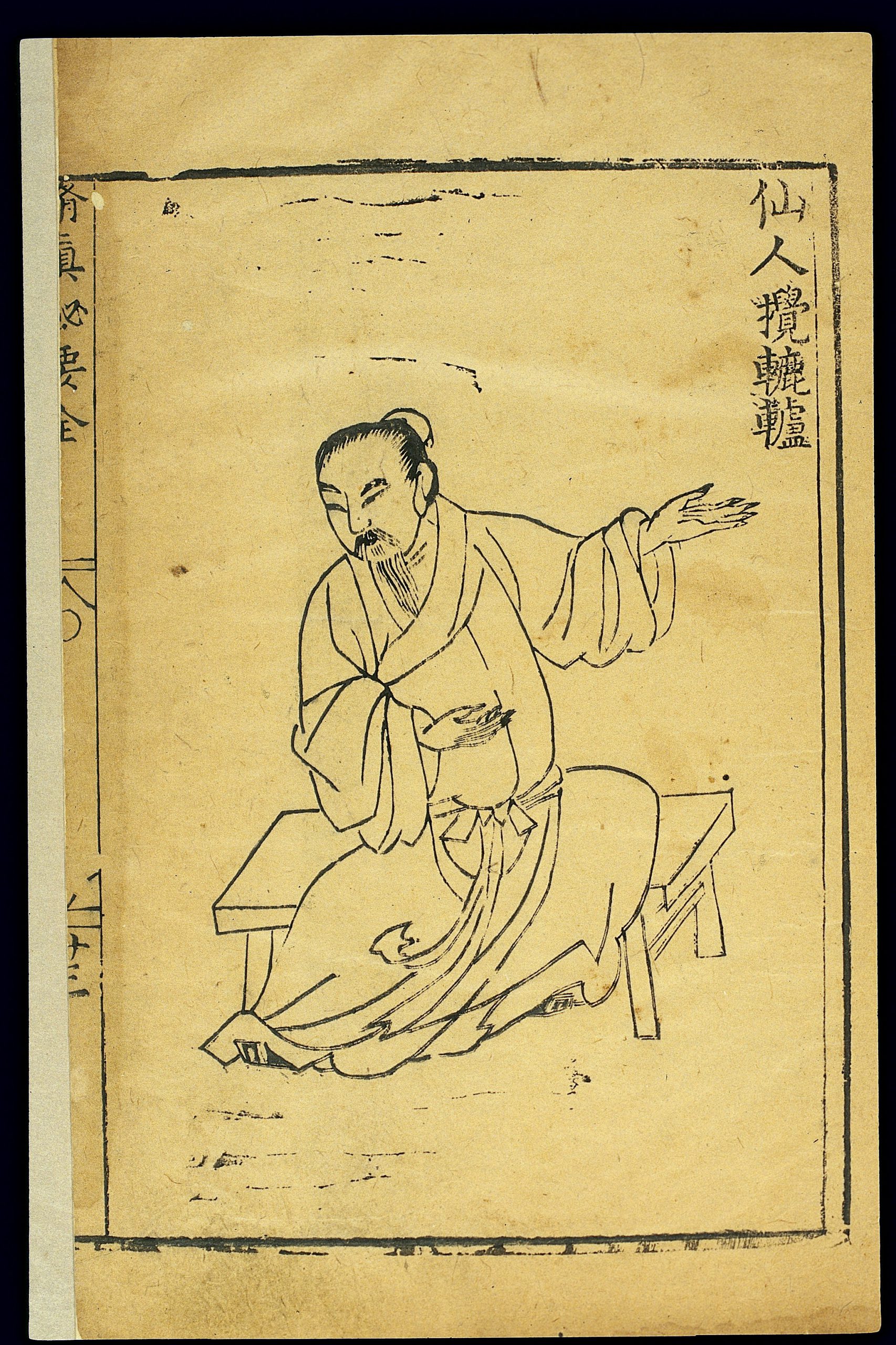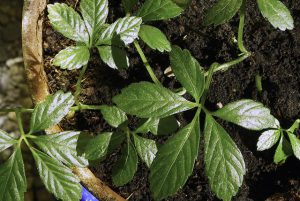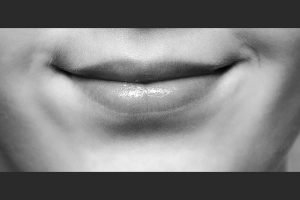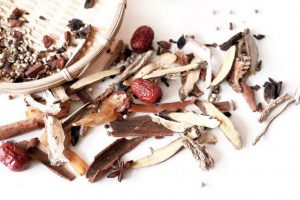Qi gong is a soft Gong fu exercises, and form of self-treatment, that acts as a gateway for many medical purposes. Qi gong is like yoga, however the practitioner is reaching for a goal that is more in-depth and specific for medical reasons. The Qigong stipulates that the vital energy Qi flows along 14 meridians that link the internal organs, with more than 300 acupuncture points on the fingers, toes, head, spine, and other parts of the body. It’s believed that illnesses result from an imbalance of qi-when the proportion is disturbed by an over-accumulation of qi in one place. The meditation, visualization, breathing, and movement exercises of Qigong seek to restore balance by breaking down stagnation in the flow of qi. As a result of the process, a healthy supply of qi is reestablished to the diseased or distressed parts of the body.
We have witnessed many successful stories of Qi gong helping many problems. The Qi gong exercises combine the body’s movement with the acupuncture meridian system to reduce stress and anxiety, while improving overall physical fitness, balance, and flexibility. By alleviating tension, they may also fight insomnia and relieve certain types of headaches. This also works well with problems such as migraines, hemorrhoids, constipation, diabetes, high blood pressure, menstrual problems, prostate trouble, and impotence.
If you would like to know more about the Qigong, there are a few Qigong books that are recommended, one is Essential of Qigong, and other is call Meridian Qigong.

L0038891 Qigong exercise for pain in the back, shoulders and arms
Credit: Wellcome Library, London. Wellcome Images
images@wellcome.ac.uk
http://wellcomeimages.org
Xiuzhen miyao, a gymnastic (daoyin/qigong) text of unknown origin, was rediscovered and published with a preface by Wang Zai in 1513 (8th year of the Zhengde reign period of the Ming dynasty). It records 49 exercises. This illustration depicts Xianren jiao lulu (The Immortal turns the pulley), a technique used to treat pain in the back, shoulders and upper arms. It is practised as follows: One sits, keeping the body tall and upright, with the left leg flexed and the right leg extended. Raising the left arm, one massages the abdomen with the right hand. Using one's gong power, one circulates Qi for 12 breaths. Then, with the right leg flexed and the left leg extended, raising the right arm and massaging the abdomen with the left hand, one again uses gong power and circulates Qi for 12 breaths.
Woodcut
Library of Zhongguo zhongyi yanjiu yuan (China Academy of Traditional Chinese Medicine)
Shouyang congshu: Xiuzhen miyao (Longevity and Cultivation Series: Arcane Essentials of Cultivating Perfection)
UnknownTransmitted by Wang Zai (Ming period, 1368-1644)
Published: 1593
Copyrighted work available under Creative Commons Attribution only licence CC BY 4.0 http://creativecommons.org/licenses/by/4.0/




